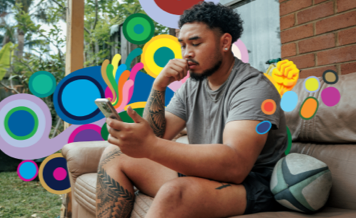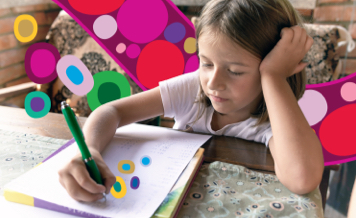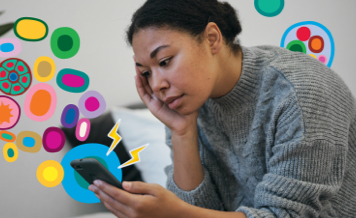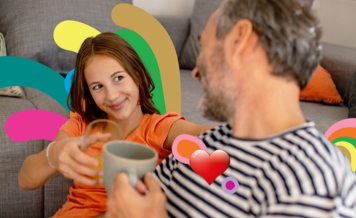What is a suicide safety plan?
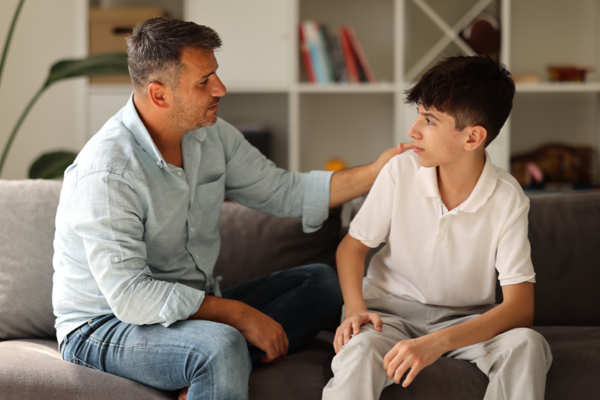
Make a plan and get support
According to research, 1 in 6 Australians aged between 16 – 85 experience suicidal thoughts in their lifetime.
A suicide safety plan helps you prepare for any suicidal thoughts you may have.
A study of suicide safety plan use among recently suicidal online help-seekers found that the people with safety plans had stronger suicide-related coping skills, help-seeking intent and were more likely to have recently sought support for their mental health.
Beyond Blue recommends a seven-step suicide safety plan:
- recognise your warning signs
- make your surroundings safe
- remind yourself of reasons to live
- find things that can make you feel strong
- connect with people and places
- talk to family and friends
- get professional support.
A health professional such as a psychologist can help you develop a safety plan based on your needs. Personalise your plan so it can help you the most when you need it. It’s also a good idea to talk to a trusted friend or relative so they can keep a copy of your safety plan and look out for you when you’re distressed.
Lifeline and Beyond Blue have free resources available to help you develop your safety plan:
How can we help?
I want to know how my cover supports mental health
I need help and want to talk
Related articles
Things you need to know
While we hope you find this information helpful, please note that it is general in nature. It is not health advice, and is not tailored to meet your individual health needs. You should always consult a trusted health professional before making decisions about your health care. While we have prepared the information carefully, we can’t guarantee that it is accurate, complete or up-to-date. And while we may mention goods or services provided by others, we aren’t specifically endorsing them and can’t accept responsibility for them. For these reasons we are unable to accept responsibility for any loss that may be sustained from acting on this information (subject to applicable consumer guarantees).

